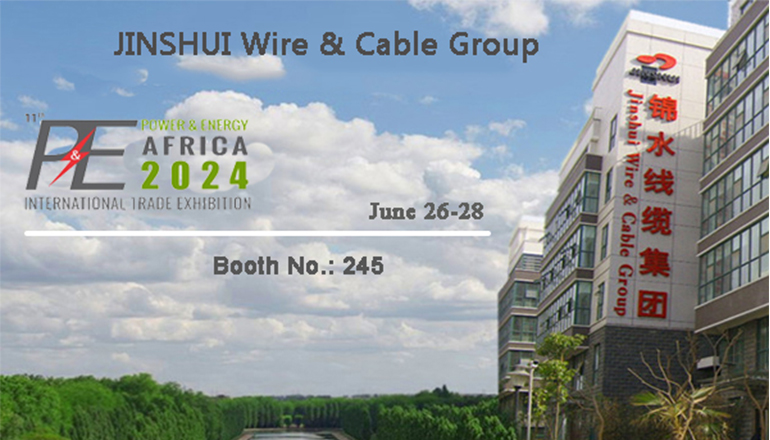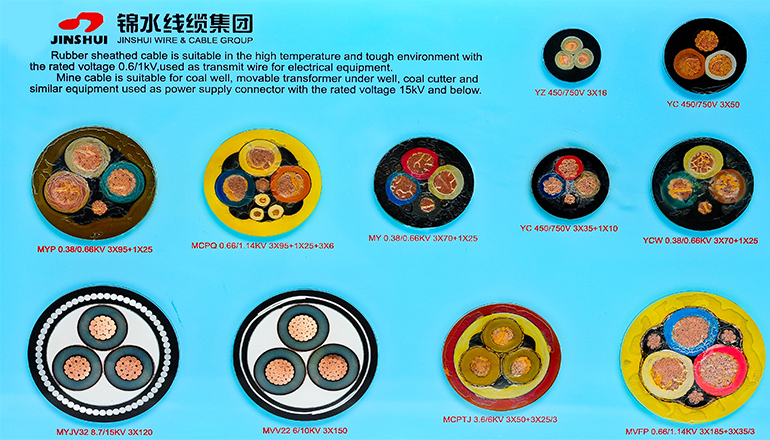- Offices Time:24 Hours Online
- Email:[email protected]
- WhatsApp:+8618339938759
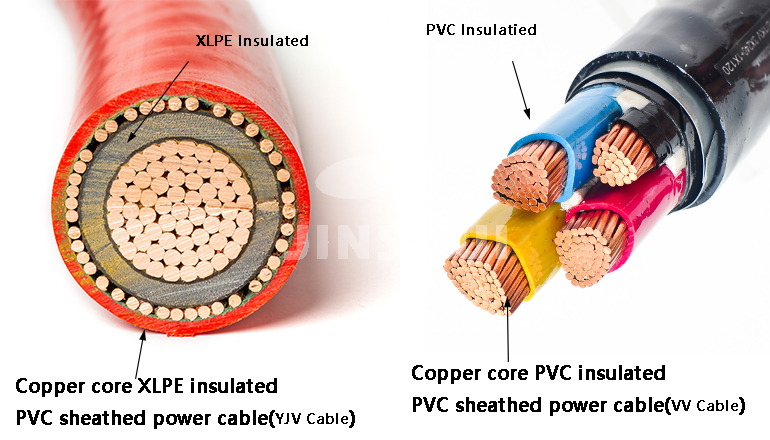
Posted on September 5, 2023
What are the differences between YJV cable and VV cable?
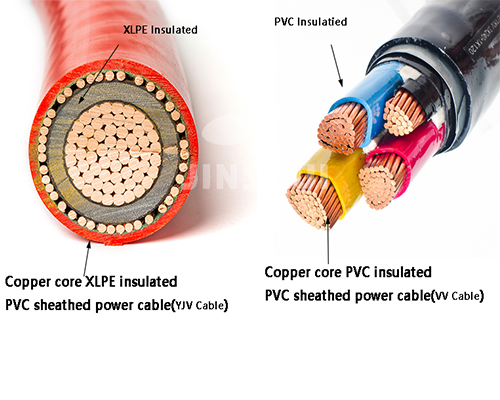
YJV cables and VV cables are basically the same in function, and both belong to the category of power cables for transmitting and distributing electric energy, but their differences are also very obvious. The use of VV cables has been replaced by excellent YJV power cables in civil and nuclear energy fields, but it is still widely used in many industrial enterprises because of its low price. Here, Zhengzhou Jinshui Cable Group recommends that you try to choose more environmentally friendly YJV cables in residential construction projects. If the budget is limited, you can use VV power cables in non-residential areas and environments with low voltage and temperature requirements. If you are still confused about the two cable options, this article will explain the differences between the two in detail.
1. Name difference
The full name of YJV cable is copper core XLPE insulated PVC sheathed power cable, and the full name of VV cable is copper core PVC insulated PVC sheathed power cable.
2. Differences in insulation materials
YJV cable is a XLPE Insulated Power Cable, and VV cable is a plastic cable. YJV cables have better insulation properties than plastic cables. YJV insulation is made of cross-linked polyethylene and VV insulation is made of polyvinyl chloride.
3. Differences in insulation treatment
YJV performs cross-linking treatment on the insulating material to increase the heat-resistant temperature of the cable, while VV uses general insulating materials.
4. Working temperature difference
The maximum rated temperature of YJV cross-linked cable conductors is 90 degrees Celsius during operation, and the maximum temperature during short circuit (duration less than 5 seconds) should not exceed 250 degrees Celsius; the maximum rated temperature of VV power cable conductors during operation is 70 degrees Celsius, short circuit ( The maximum temperature during the period (duration less than 5 seconds) shall not exceed 160 degrees Celsius.
5. Difference in current carrying capacity
The operating temperature of YJV cable reaches 90 degrees, while VV is only 90 degrees. YJV cables with the same cross-sectional area have larger current carrying capacity.
6. Differences in operating voltage range
Generally, the voltage range of YJV cable is 6-500KV, while the voltage of VV cable is 1-6KV. Therefore, VV power cables are usually used in low-voltage environments, while YJV includes high-voltage, medium-voltage and low-voltage environments.
7. Price difference
The price of YJV cables with the same specifications and models is slightly higher than VV, which is why the consumer market for VV cables is still good.
8. Difference in service life
YJV has a longer service life, is more resistant to high temperatures and is safer. From a long-term and safety point of view, it is more cost-effective to use YJV cables.
9. Differences in usage environment
The usage environment of YJV is worse than that of VV in terms of waterproofing. If it is buried, you should choose VV cables. When choosing YJV cables, you must ensure that the cables are not soaked in water, that is, ensure that the drainage performance of the cable trench is good; if you choose to lay bridges, choose YJV cables with better performance.
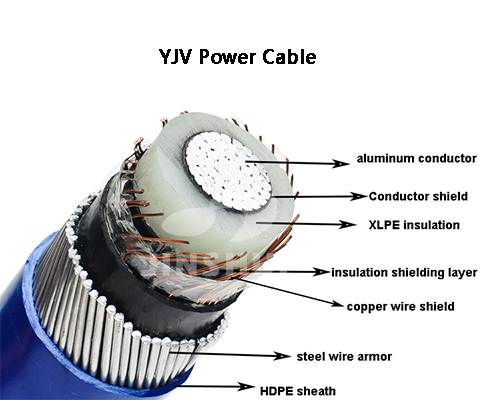
10. Differences in technical indicators
The parameters of the three-core YJV cable are higher than that of the VV cable. The current carrying capacity of the YJV cable is higher than that of the VV cable. Its insulation material does not contain chlorine and will not produce toxic gases during the combustion process, making it more environmentally friendly. Therefore, YJV cables become the best product choice for civil buildings.
Zhengzhou Jinshui Cable Group is committed to the general needs and special needs of users, and fully meets the desire of customers for one-stop service. Always adhering to the highest quality products, reasonable prices, and one-stop product services, we hope that users can get a better product experience with us.
- Previous:Is RVV a flexible cable?
- Next:What is aluminum alloy cable?
Post categories
Most Popular Posts
-
High temperature cable introduction
July 26, 2024 -
Kenya Power and Energy Exhibition 2024
June 11, 2024 -
Introduction of rubber sheathed cable
June 5, 2024 -
The 135th China Canton Fair
March 20, 2024



